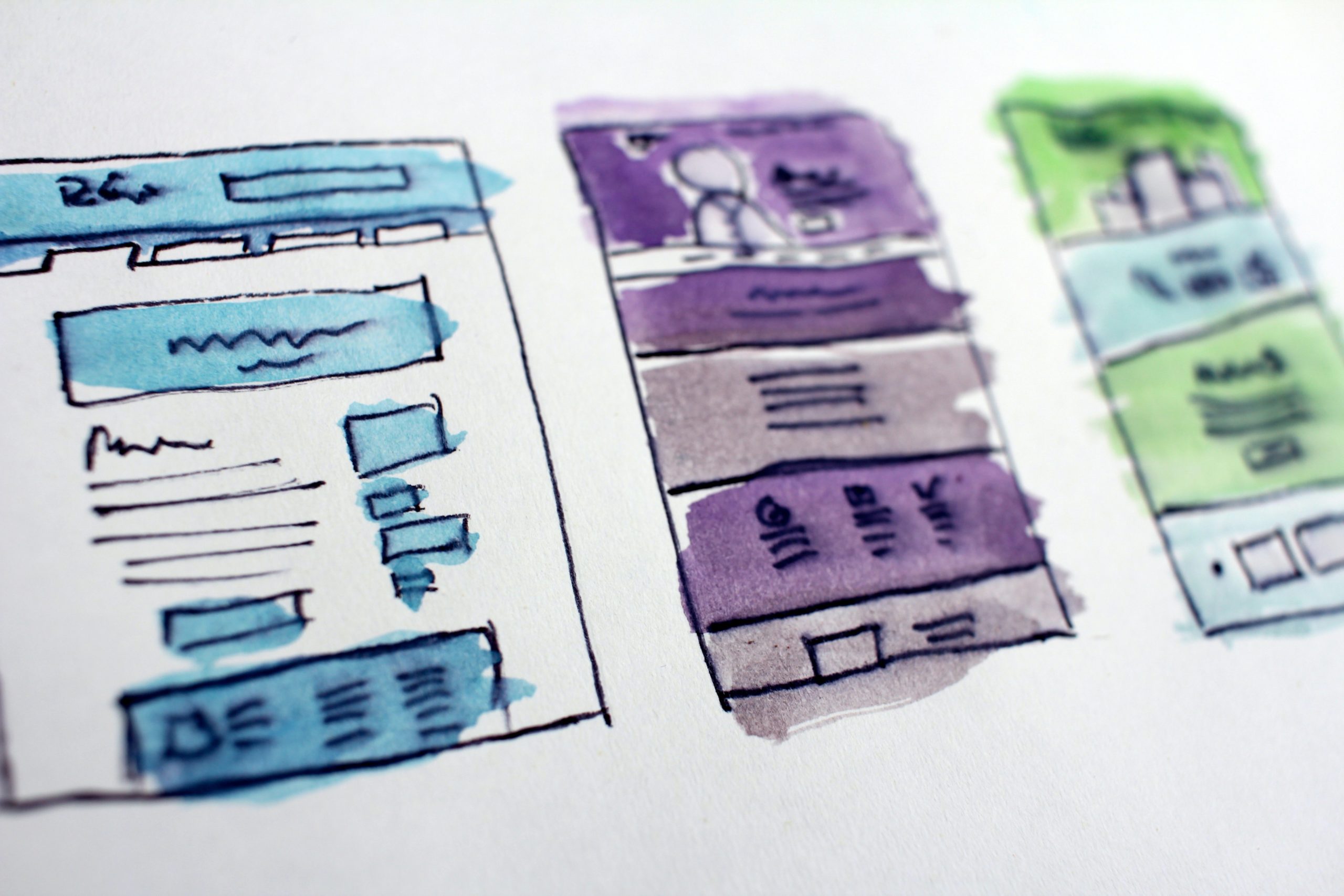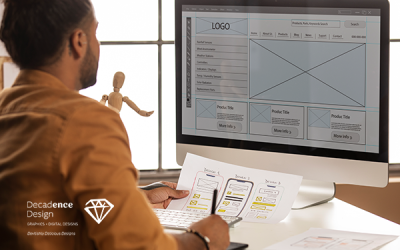Websites cannot succeed through compelling design or thought-provoking content alone. They need to have a style that feeds into the website’s user experience and functionality while being easy to understand at first glance.
‘’Beauty is in the eye of the mouse-holder.’’
We understand that different people prefer different styles, but that doesn’t mean that there aren’t a few ground rules you should follow when deciding on the appearance of your website. Here are the tips for a website that will keep people scrolling.

- Keep your homepage minimalistic and free from clutter
Customers rarely read every word on a website. Instead, they quickly scan pages while picking out keywords and sentences. With these known behaviours in mind, it’s better to appeal to emotions rather than word count.
The less someone looking at your site has to read, the better they will be able to process and evaluate what’s going on in front of them. This will make it more likely for them to do what you wanted them to do in the first place.
Using subheadings and legible paragraphs will be handy. It’s also good to use images or icons as alternative ways to communicate your point. This will help to create a professional website
2. Design with visual hierarchy in mind
We have come a long way from stone tablets. With all these computer screens and smartphones, it remains the designer’s job to arrange the content in a clear manner. You only have a few seconds to grab someone’s attention and tell them what your site is about. If you establish a clear hierarchy to your information, readers can’t help but unconsciously follow the breadcrumbs you have left for them.
Apply colour, contrast, size, and spacing for further accentuation, remaining aware of what is drawing attention on your page and making sure that it’s always intentional.
The best website design elements for creating a strong visual hierarchy are strips. They help organise your website into clear, digestible pieces of content.
3. Create easy-to-read website content
Readability measures how easy it is for people to recognise words, sentences, and phrases. When the readability of the site is high, users will be able to efficiently scan your site and take in the information without much effort.
It’s very important to have sufficient contrast between your text and its background so that the text is clear. You most likely have carefully selected colours that are part of your brand identity and they should be represented on your website. Play with the colours, but don’t sacrifice readability for creativity.
A typical rule of thumb is to keep your body text at least 16pt. That’s a good place to start, but keep in mind that this number completely depends on which font you’re using. Fonts from the Serif fonts family are typically the best choice for online texts. We all know that script fonts are cool with all the fancy curves and stuff, but please consider your readers’ eyes. Give them a break!
Don’t use more than three different typefaces throughout a single website. Some projects may call for more elaborate font combinations, but If you choose to use a variety, the overall effect should not be cluttered.
4. Ensure your site is easy to navigate
Website navigation is not the place to be avant-garde. Don’t send visitors on a wild goose chase when wandering through your site.
A site with a solid navigation helps search engines index your content while improving the viewers’ experience.
Link your logo to the homepage. It’s a common practice that your visitors are used to and will save them some precious clicks. If you don’t have one, here’s a great tool you can use to create a logo as part of your branding efforts. If your website is too long, try to use an anchor menu. With one click, viewers will be able to quickly go back to the top, down to the bottom or directly to any section.
Your footer is the last thing to be seen on your site. Remember to include all the important links there. Keep in mind that your readers should understand what your website is about without having to scroll down.
5. Stay mobile friendly
We live in a digital society, which makes it important to have an omnichannel strategy. What do my visitors see when they access my website on the go? Be sure to put yourself in the position of the user, and test out every page, user action and button.
These above tips for a website that will keep people scrolling are methods for increasing the UX. After following the tips, make sure to regularly check the analytics of your website to compare how beneficial your long-scrolling site is.





